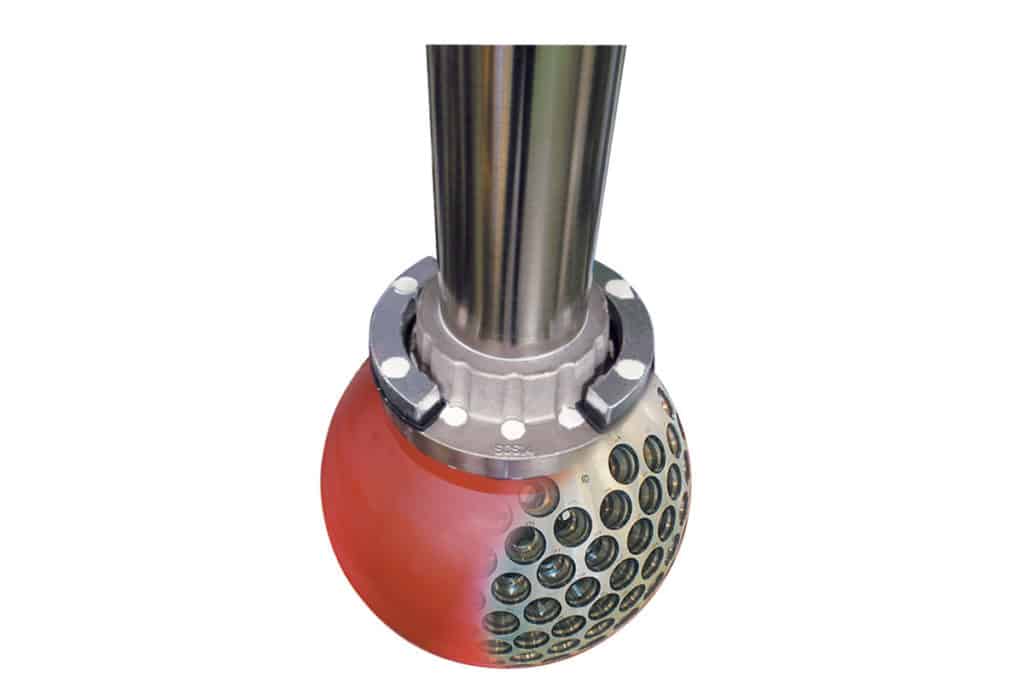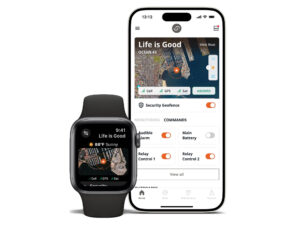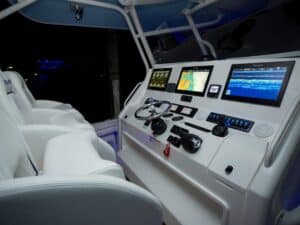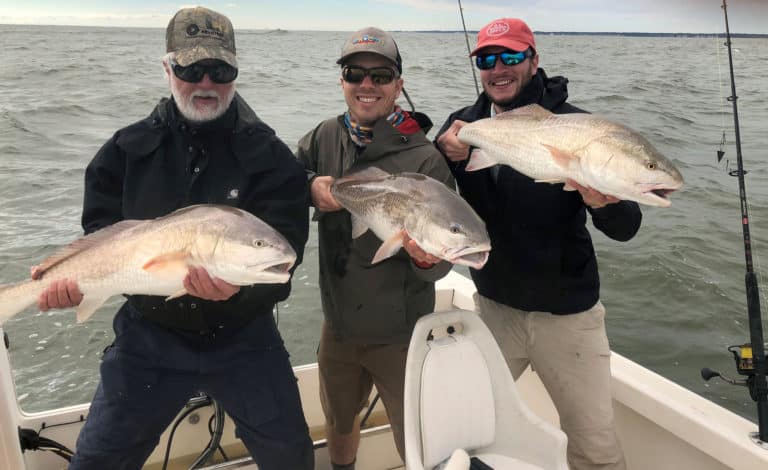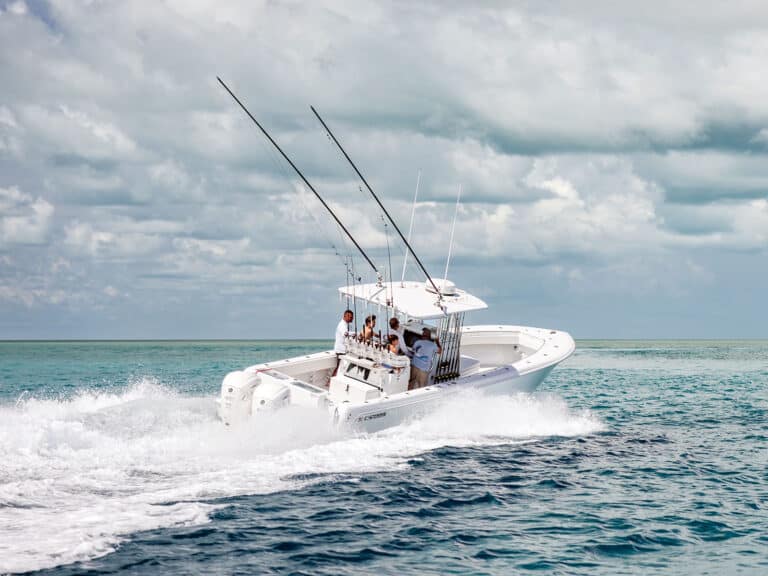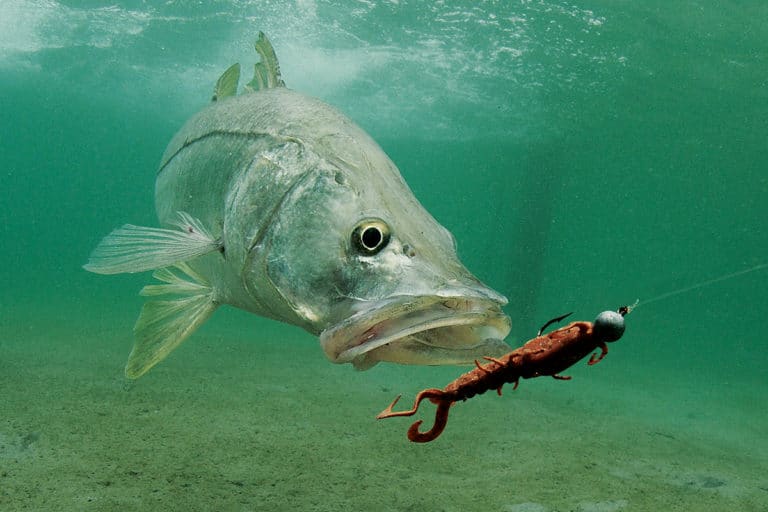The neon colors pop and the seafloor undulates dramatically. Fish marks cluster, suspended at precise depths. The newest face of recreational sonar creates the stunning effect of a 3-D video game.
When Garmin debuted its Panoptix sonar during the February 2015 Miami International Boat Show, the company demonstrated affordable phased-array technology — previously an option only for military and commercial interests. Panoptix leaps to the forefront of a genre of sonar that now allows anglers and boaters to see ahead and around the boat.
First side-scan and down-scan units provided picture-like views of seafloor terrain. Now a number of units can see ahead of the boat and in a wide circle surrounding it. Garmin describes its Panoptix as “all-seeing sonar,” Humminbird has its 360 Imaging, Lowrance offers SpotlightScan, and Simrad features ForwardScan. Furuno produces commercial-grade Omni Sonar (starting at $50,000); the company says it brought a forward-looking recreational product to market in Europe, but it wasn’t readily adopted.
Admittedly, each of the recreational products comes with some limitation, as most early versions of technology do. And only Garmin’s employs phased transducer arrays, while the others use a variation on imaging transducers.
Garmin Panoptix
Two models became available this spring. One employs a down-looking transom-mount transducer (the better option for fishing); the other uses a forward-looking transducer that can be attached to a trolling motor (remote or manual steer) or to the transom. Each costs $1,499 and is compatible with GPSMAP 7400/7600, 8000/8500, 7×1, 8×0 and 10x units, and echoMAP 70s and 70dv displays. Each also offers two modes: LiveVü and RealVü 3D.
Garmin won’t say how many ceramic elements reside in the Panoptix transducers, but admits there are more than 100 — far more than the two to five elements in many other transducers (though fewer than the almost 800 that reside in Furuno’s commercial product). All of the elements are capable of transmitting and receiving.
With the down-looking transducer, anglers can see under the boat and to the sides; it also offers a historical view. When the transducer is set to LiveVü, the unit scans and updates the display continually. (In 25 feet of water, you can see 15 feet to the left and right of the boat.)
Even when the boat is still, the unit shows you exactly where fish are located, in real time. If you turn on the tracking function, you can see the fish’s path. “There’s no more guessing if a fish is suspended over the bottom,” says Wade Middleton, a pro bass angler who has tested Panoptix on his bass and bay boats. “Literally, it’s like watching your TV. I can watch my bait as it comes through the water. I know if I need to speed it up or slow it down or drop it a little lower. There is not a scenario on the water that this isn’t going to play a role in, simply because of how fast the feedback is.”
When the down-looking transducer is in RealVü 3D, the transducer “steers” the sonar beam. A transducer’s array of multiple elements effectively steers the beam in different directions, using a sequence of electrical signals transmitted at different times that the unit’s computer then calculates. The result is a sweep of the water column. The beam moves forward and back, says David Dunn, director of sales. In 40 feet of water, you can see 120 feet in front of you and 40 feet to either side.
The forward-looking transducer allows anglers to see almost 200 feet in front of the boat in 40 feet of water. In LiveVü, the beam angle is adjustable to 10, 20 or 40 degrees. In RealVü 3D, the beam scans 60 degrees forward.
Humminbird 360 Imaging
When Humminbird introduced 360 in 2012, it created quite a buzz, particularly in the freshwater bass world. The puck transducer emits a side-imaging beam that’s pointed outward, using multiple square elements that rotate within the housing.
The transducer can be mounted onto a cable-steer, foot-controlled trolling motor ($749) or at the end of Humminbird’s Transducer Deployment System ($1,499), an electromechanical device bolted to the transom that lowers the transducer up to 28 inches below the hull.
The transducer captures returns out to about 150 feet in every direction, though the beam itself — like all imaging beams — is a thin slice of the water column. In this case, it’s a horizontal slice.
Anglers can also limit the beam’s view to any 10-degree portion — forward, aft, left or right — to zero in on a particular area. The technology works whether the boat is moving or not. “In my case, I have used it a lot during fishing excursions where I’m trying to follow fish that were schooling and have now sounded,” says Bill Carson, Humminbird field marketing manager. “The pro guys can look in front of the boat and on top of a flat, high spot, for instance, without spooking the fish.”
Spotlight and Forward
Lowrance and Simrad products come from the same umbrella company — Navico. Lowrance’s SpotlightScan ($499) has been used primarily for fishing (and primarily in fresh water), and ForwardScan ($699) is a navigation tool, says Lucas Steward, Lowrance product line director.
“SpotlightScan is really unique because it’s the only angler-controlled directional sonar. When you’re casting from a boat, you don’t necessarily care what’s beneath or directly behind you,” he says. “You have the ability to purposefully look a certain direction.”
SpotlightScan’s transducer employs down-scan-type elements, Steward says. But it can only be used on a cable-steer trolling motor. A sensor in the foot pedal can detect the direction and rate of turn of the trolling motor, which steers the transducer.
“In a normal-use case, I’m generally looking 40 to 80 feet away. I’m really just using (SpotlightScan) for targeting,” he says. “The biggest surprise for me was how many fish I was seeing in the water column. It’s kind of like having a radar for fish.”
In ForwardScan, multiple elements transmitting at 180 kHz allow the technology to triangulate a depth position in front of the boat. The slice of water it shows is slightly wider than that of an imaging transducer. “It will look up to eight times the depth forward,” Steward says. If the boat is in 10 feet of water, the transducer will see as much as 80 feet ahead. “It’s made for cautiously approaching areas you want to dock and anchor, not for running on plane.”
Whether you try these products or remain traditional, the playing field has forever changed. Used with other sonar technologies, this surround-sound capability offers anglers yet another key way to outwit the fish.
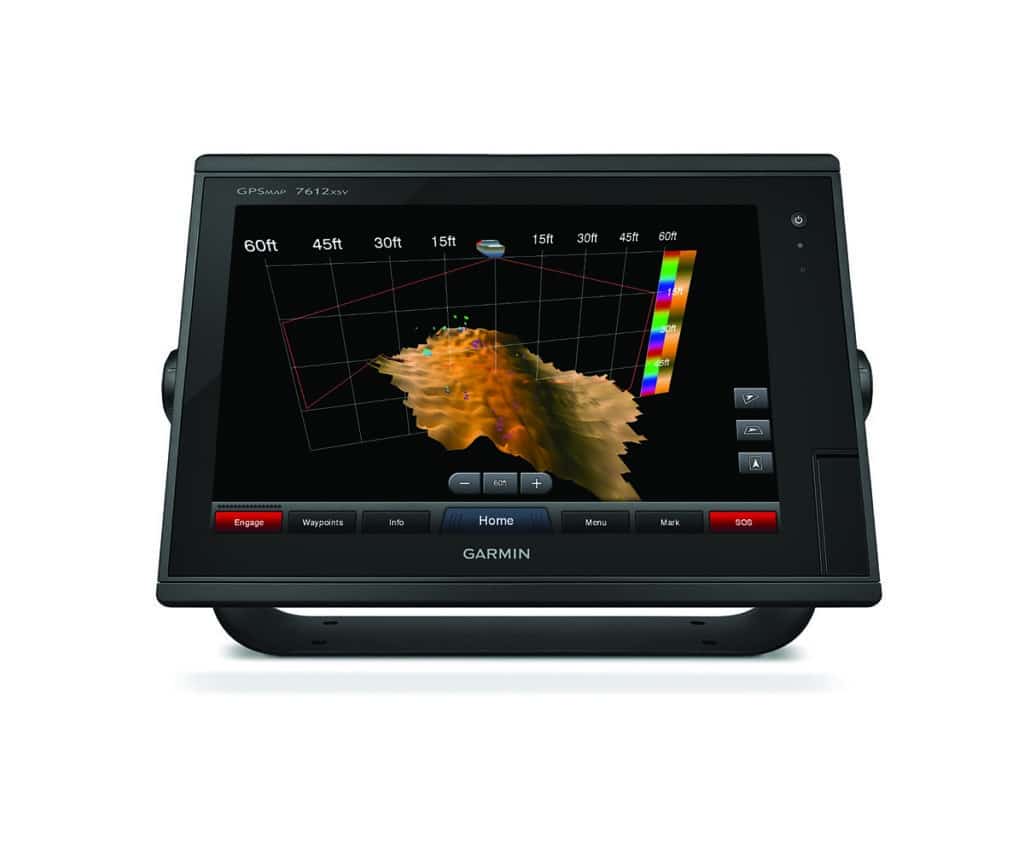
Garmin Panoptix
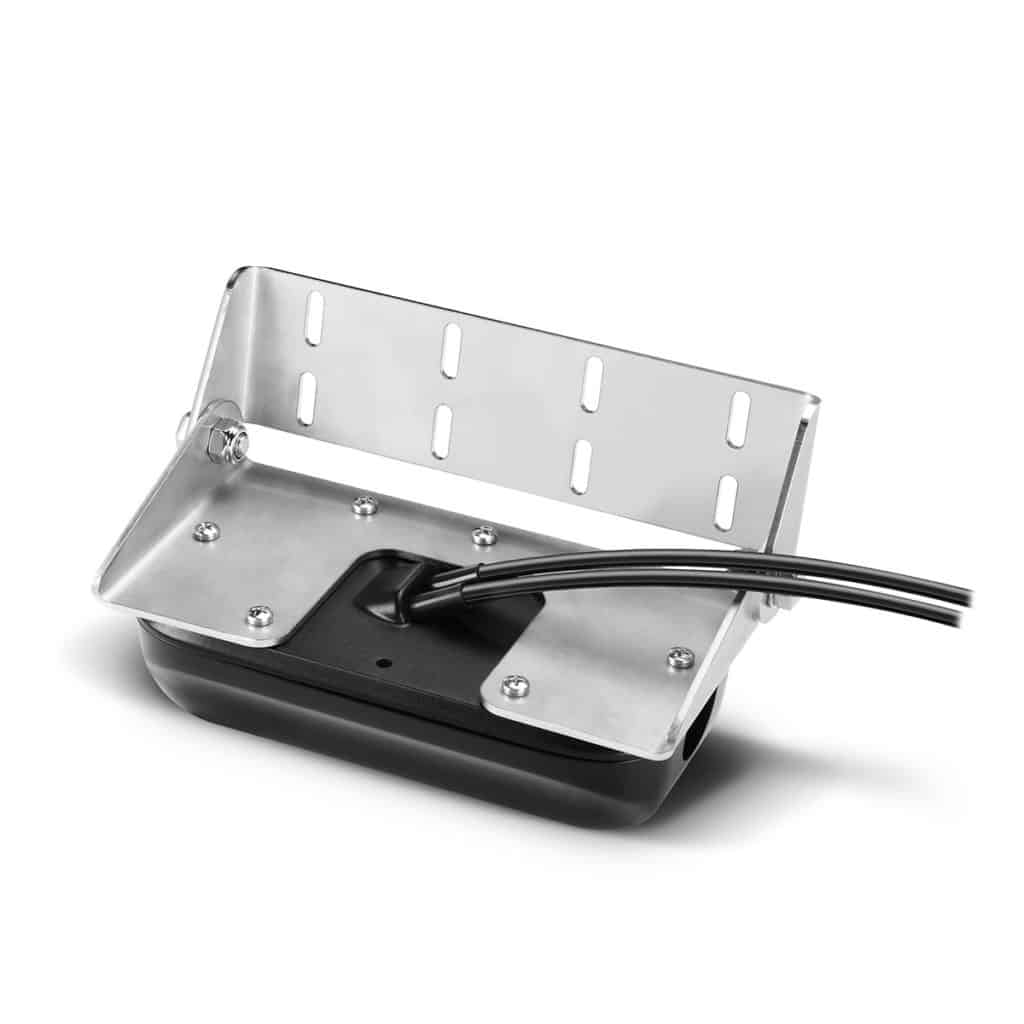
Garmin Panoptix
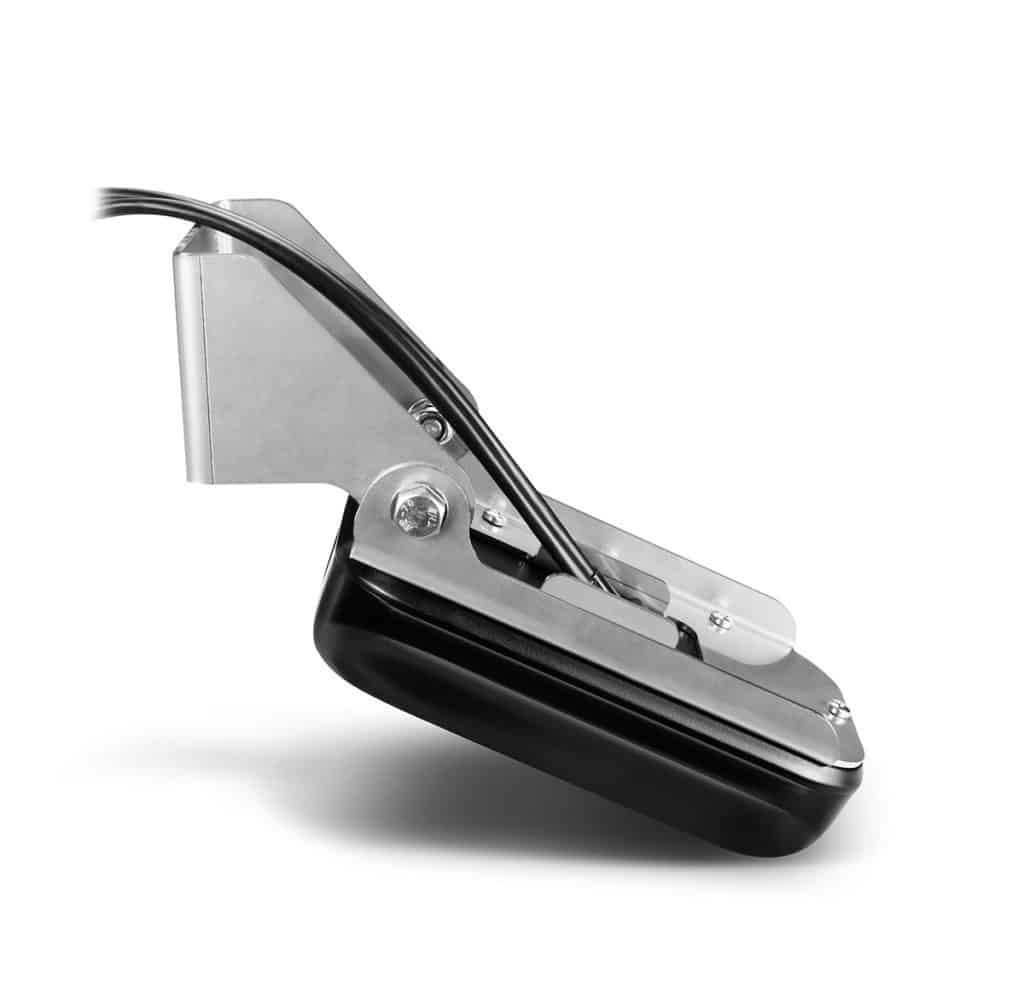
Garmin Panoptix
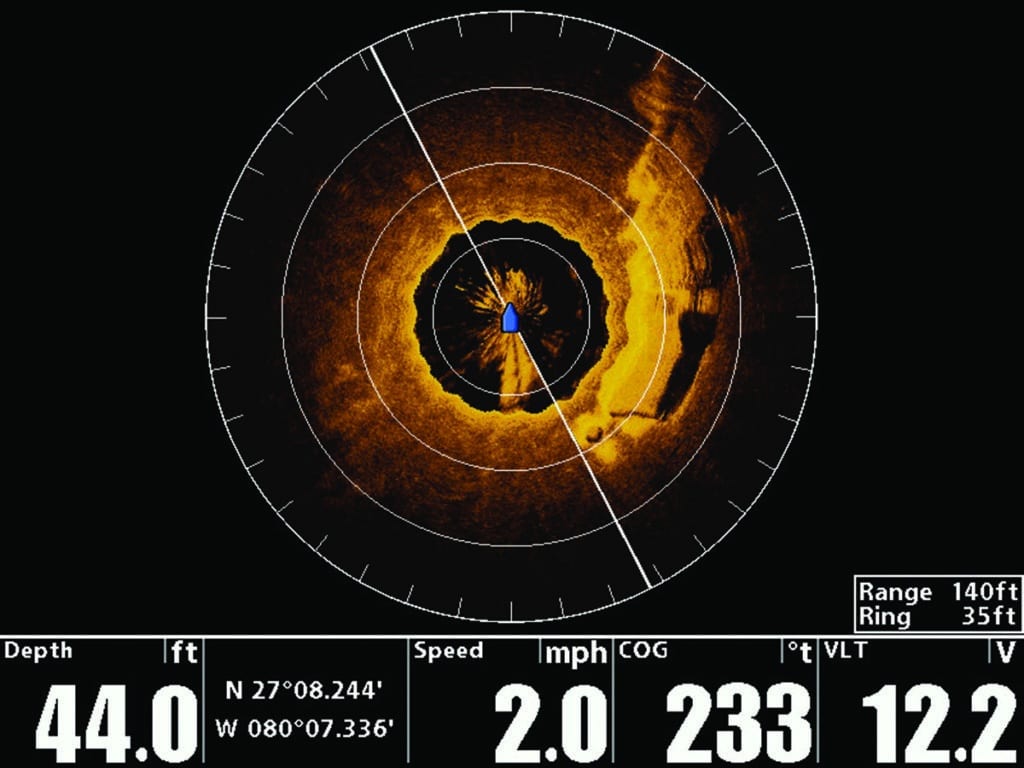
Humminbird 360 Imaging
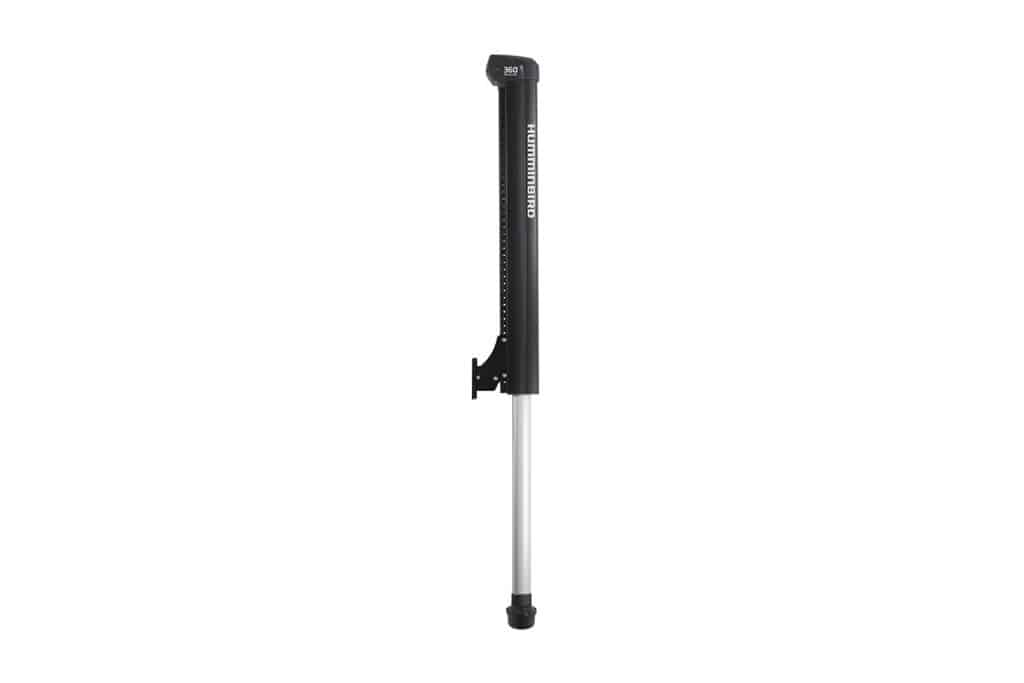
Humminbird 360 Imaging
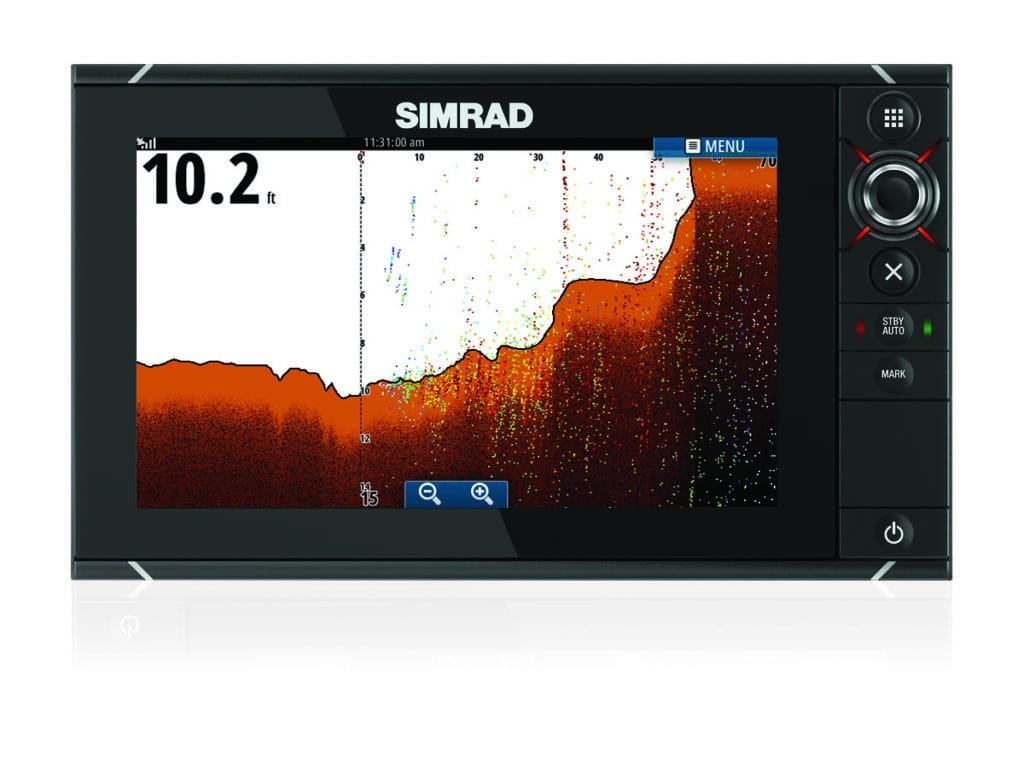
Simrad ForwardScan
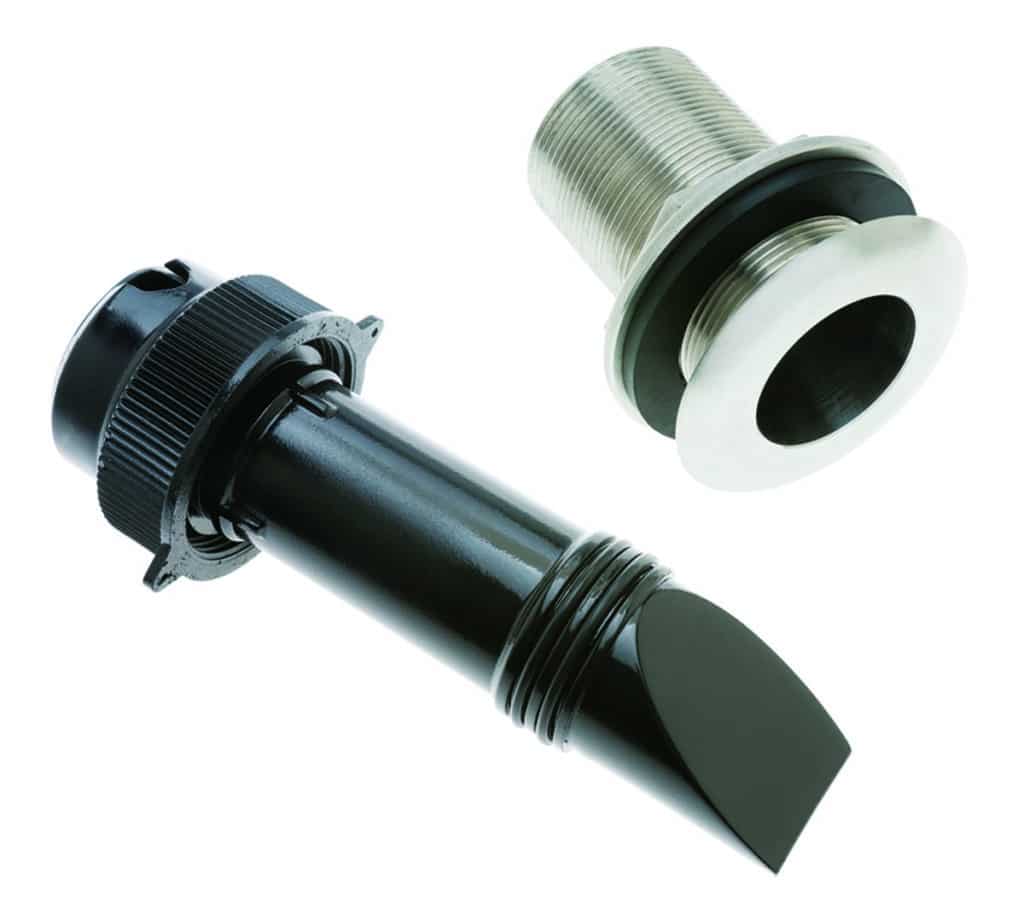
Simrad ForwardScan
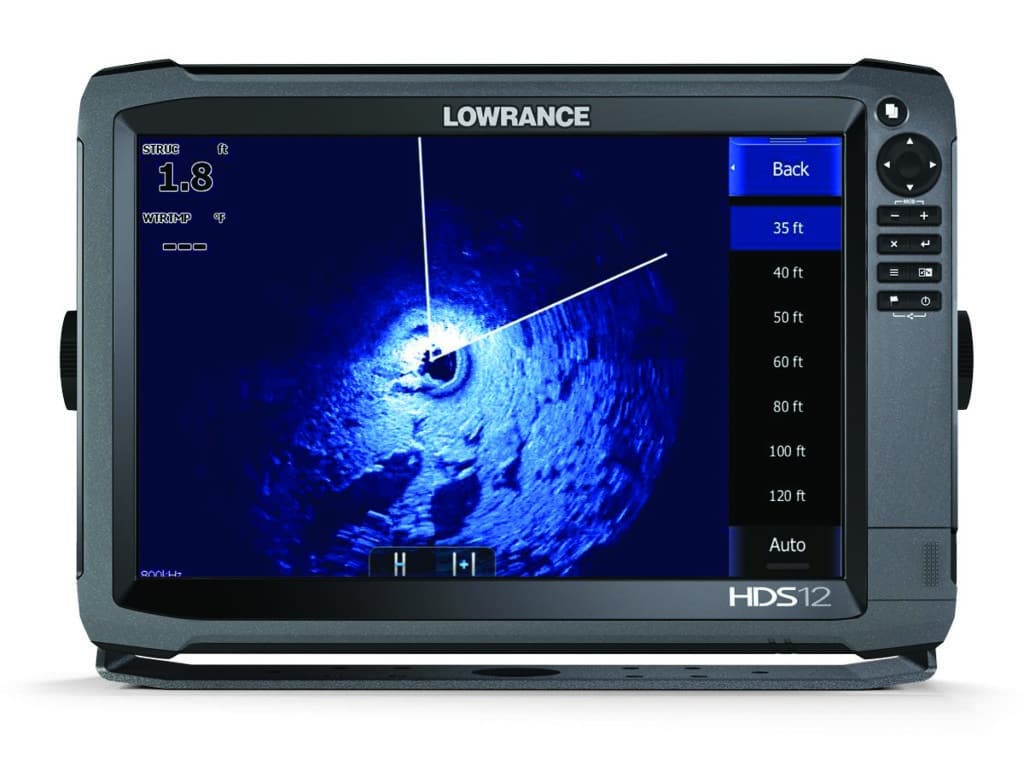
Lowrance SpotlightScan
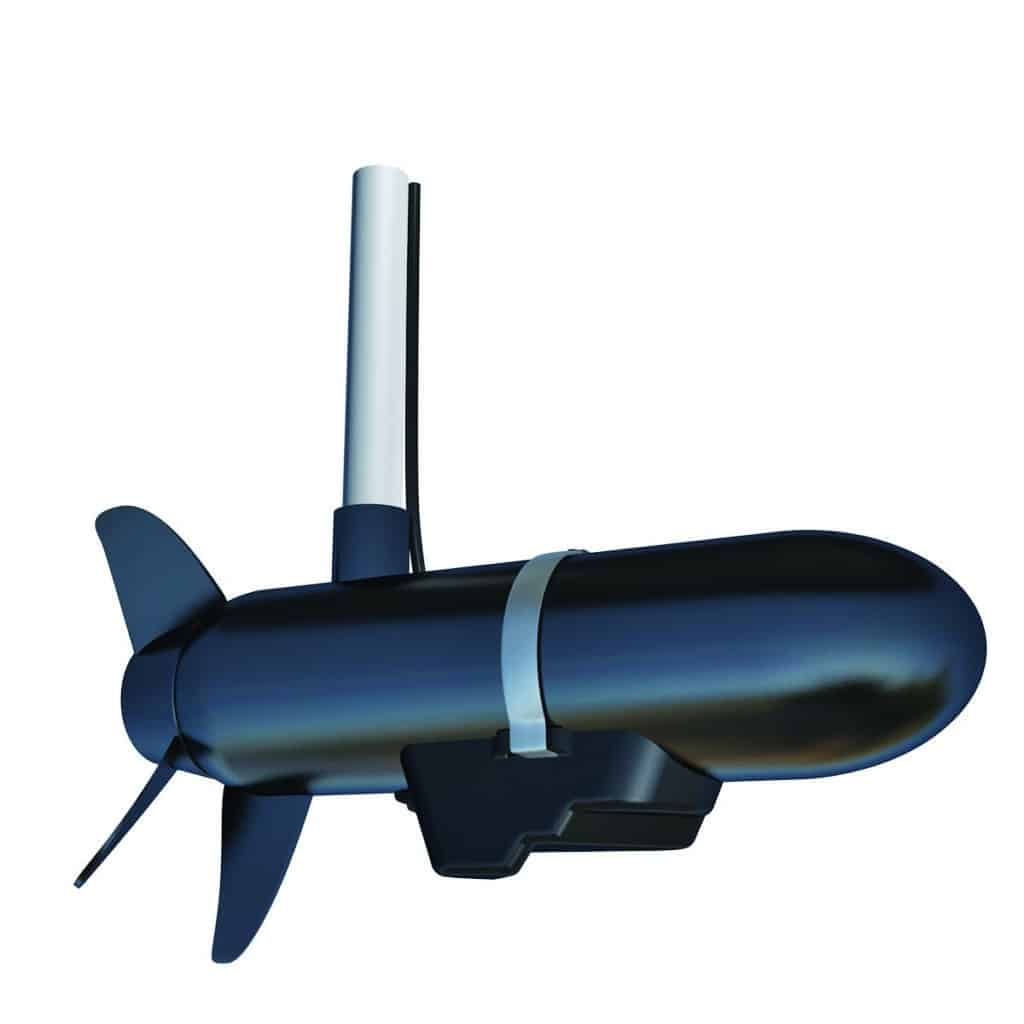
Lowrance SpotlightScan
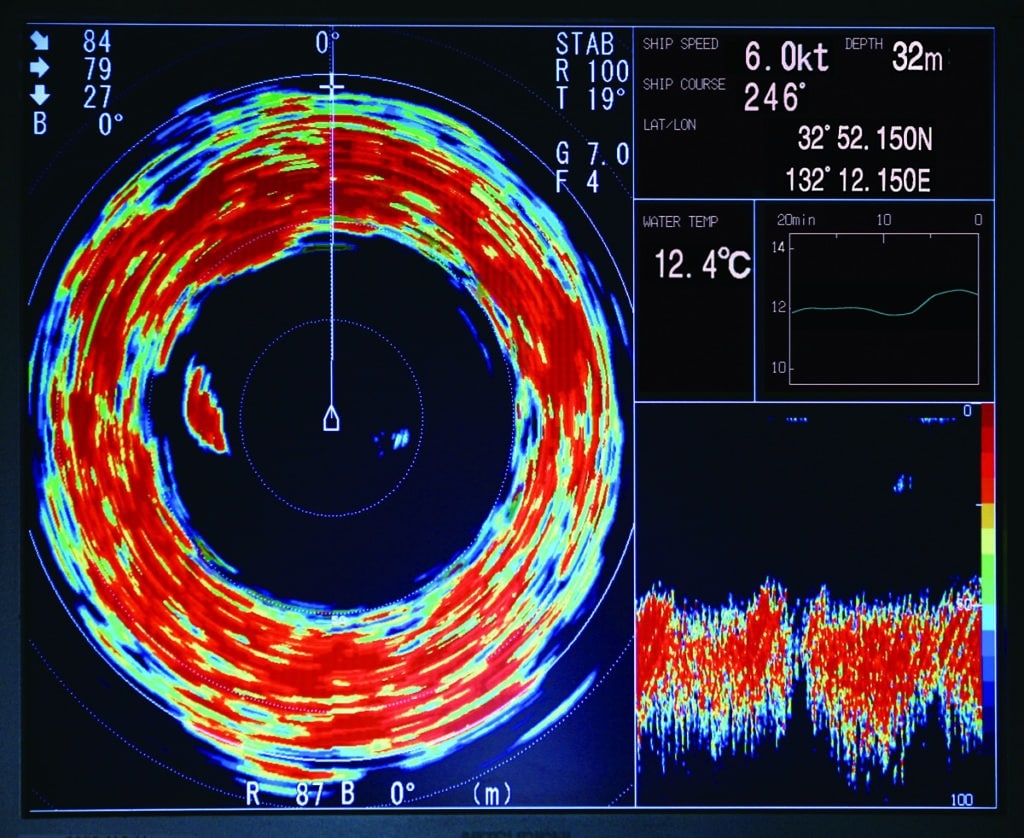
Furuno Omni Sonar
